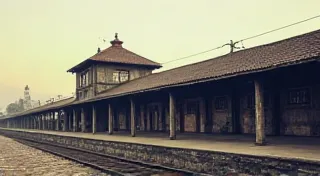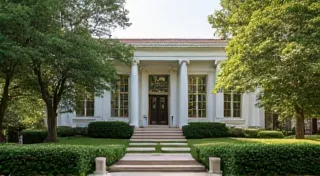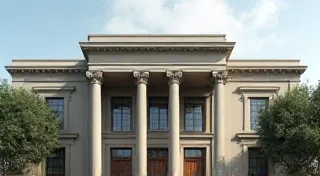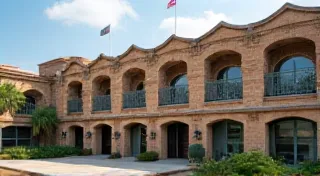The Workers’ Hall: Gathering Place for the Community
The Workers' Hall stands as a poignant reminder of a bygone era, a time when community solidarity and collective action were paramount. Located in [Region Name], this sturdy brick building served as the heart of local life for generations, hosting everything from passionate political rallies to lively dances and essential community meetings. Its history is deeply intertwined with the struggles and triumphs of the working class and the evolution of [Region Name] itself.
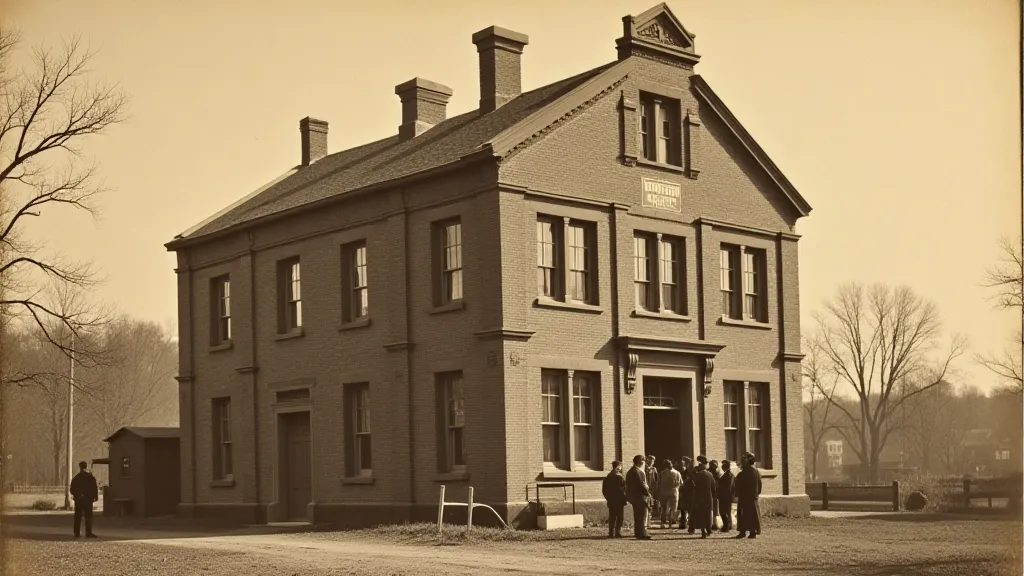
Early Origins and Construction
The story of the Workers’ Hall begins in [Year]. Recognizing the need for a central meeting place for the burgeoning labor movement and the wider community, a group of local activists spearheaded a fundraising campaign. Supported by miners, factory workers, and farmers, the campaign proved remarkably successful. Construction began in [Year] and was completed within [Duration]. The design, reflecting the practical needs of the community, featured a large hall capable of accommodating hundreds of people, as well as smaller rooms for meetings and social functions. The original architect was [Architect's Name], whose design prioritized functionality over ornate detailing, a fitting testament to the building’s purpose.
A Hub of Political Action
From its opening, the Workers’ Hall played a vital role in the region’s political landscape. It became a focal point for labor union meetings, socialist gatherings, and debates on pressing social issues. Key figures in the labor movement, such as [Name of Local Figure], frequently addressed crowds within its walls, galvanizing support for worker’s rights and fair treatment. The Hall provided a safe and accessible space for marginalized voices to be heard and for collective action to be organized. During the [Specific Event in Local History], the Workers' Hall served as a crucial communication center and meeting place, underscoring its importance to the community’s resilience.
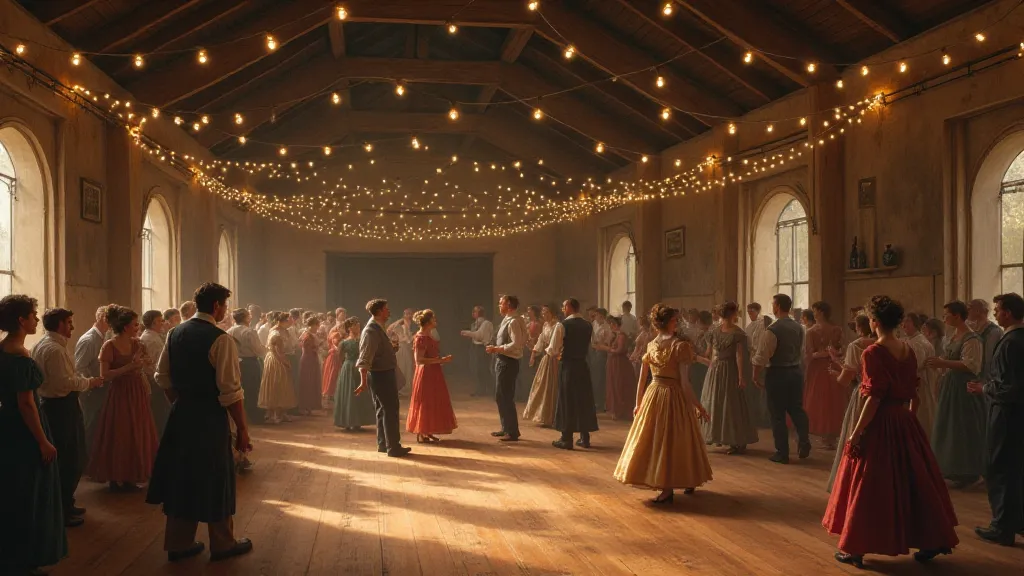
Beyond Politics: A Community Gathering Place
The Workers’ Hall was more than just a political arena. It served as a central hub for all sorts of community events. Dances, theatrical performances, and fundraising events were regular occurrences, bringing people together from all walks of life. The annual [Local Tradition] was famously held at the Hall, creating cherished memories for generations. It was a place where friendships were forged, and community bonds were strengthened. The Hall fostered a sense of belonging that extended far beyond political affiliation.
Decline and Preservation Efforts
Like many historic landmarks, the Workers’ Hall faced challenges in later years. Changing social dynamics, economic downturns, and the rise of more modern facilities led to a decline in its usage. By the [Year], it fell into disrepair, and its future seemed uncertain. However, a dedicated group of local preservationists recognized the building's historical significance and launched a campaign to save it. Through fundraising and volunteer efforts, the Hall was restored to its former glory, ensuring that its legacy would endure. Today, it stands as a testament to the spirit of community and the importance of preserving our shared history.
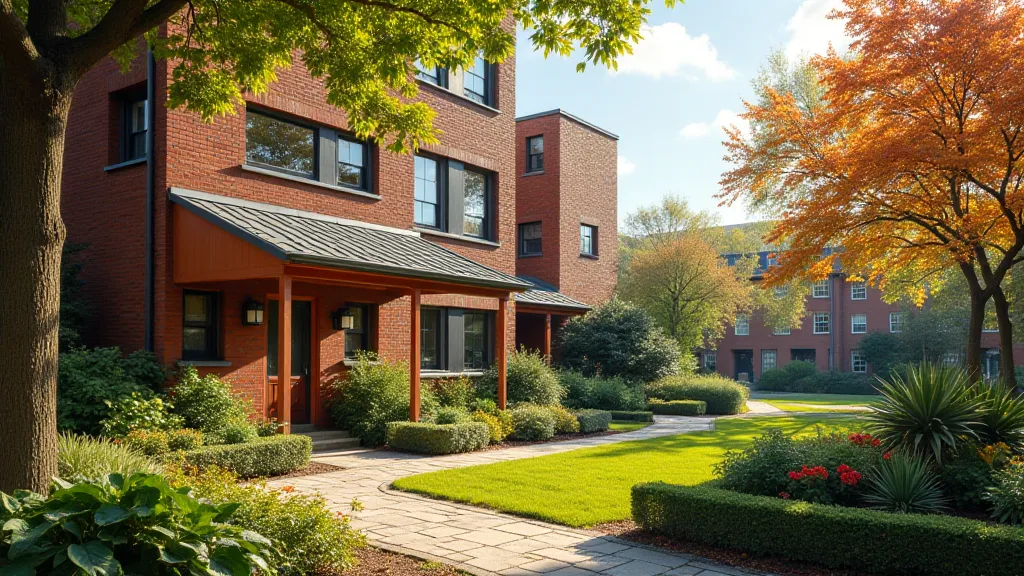
A Living Legacy
The Workers’ Hall continues to serve as a valuable community resource. It hosts local events, provides space for community organizations, and offers educational programs about its rich history. It stands as a tangible link to the past, reminding us of the struggles and triumphs of those who came before us and the importance of working together to build a better future for [Region Name].
